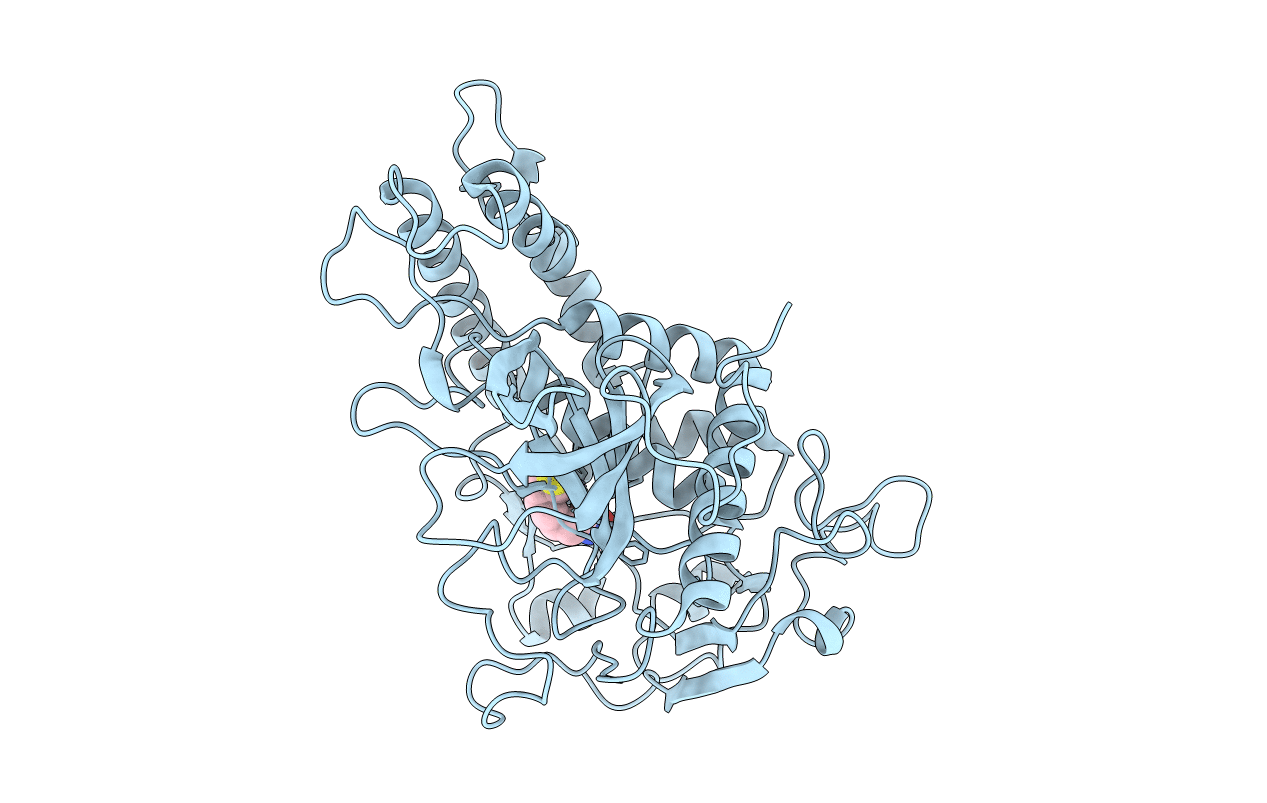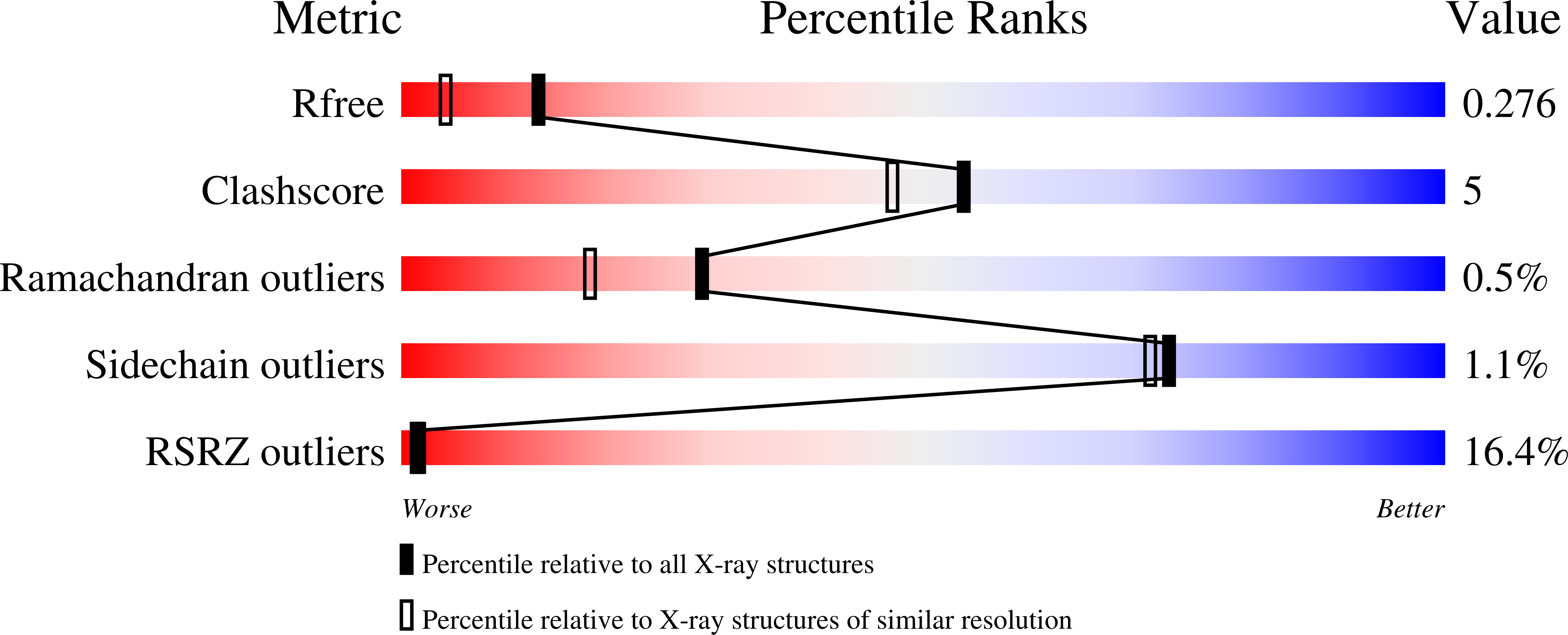
Deposition Date
2020-06-08
Release Date
2021-06-09
Last Version Date
2024-10-23
Entry Detail
PDB ID:
6XCD
Keywords:
Title:
Structure of the C. botulinum neurotoxin serotype A light chain protease in complex with covalent inhibitor 22
Biological Source:
Source Organism:
Clostridium botulinum (Taxon ID: 1491)
Host Organism:
Method Details:
Experimental Method:
Resolution:
1.92 Å
R-Value Free:
0.27
R-Value Work:
0.22
R-Value Observed:
0.22
Space Group:
P 1 21 1


